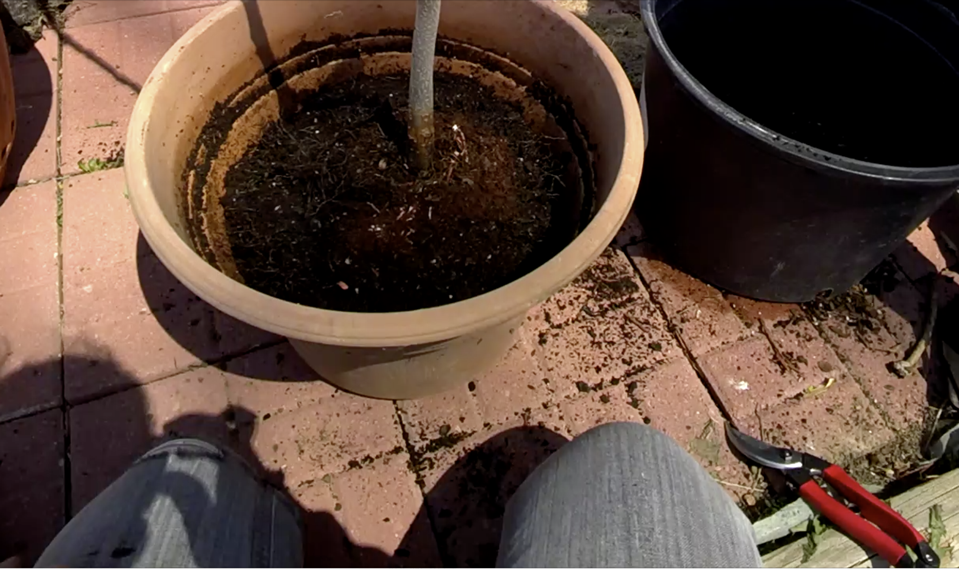Growing Fruit Trees in Containers, Part 1
If you want to grow your own fruit but have limited space, try growing fruit trees in containers. Here are some recommendations on getting started.
Getting Started
With the Grow Your Own movement rooting itself in our everyday lives, people everywhere are enhancing their yards (and their diets) by growing their own fruit. Some are lucky enough to have a large enough area to plant their own orchard, but others who don’t have as much room might feel like they don’t have a lot of options. Not true! If you’re renting an apartment, have limited or no space, or just want something for your patio, you should try growing your fruit trees in containers. In this article, which is part one of a two-part series, we focus on what you need to know to get started with this fun and surprisingly easy process.
How to Plant Fruit Trees in Pots
Choosing the Right Container
Most people choose to grow fruit trees in containers for easy mobility. For this purpose, the ideal container size is about 10-15 gallons — substantial enough to support a tree, but small enough to move easily (see photo at right). This size is perfect if you’re growing in a window or on a balcony or patio, so you can bring the tree indoors for protection when the weather starts getting too cold. It also comes in handy if you need to relocate your tree to an unheated garage, shed, or basement during winter.


And containers are perfect for growing warm-weather varieties, like citrus trees, banana plants, or fig trees, in areas where the climates are cooler than where the trees would grow naturally.
Start small, with a 5- or 7-gallon container. As the tree grows within its container, it will eventually become root-bound. Before this happens, you can re-pot it into a larger container. You will be able to tell that your tree has become root-bound to its current container by its lack of vertical growth. It will still produce leaves and even fruit at this point, but you might want to start looking for something bigger to support continual growth and increased production.
No matter what size you choose, your tree won't grow for very long if it doesn't have adequate drainage. Make sure the container you use has holes (usually in the bottom and/or sides), so that any excess water can drain, and air can access the soil. This will help you to prevent potentially fatal diseases like root rot.
Planting in Containers
It is important to choose the right soil. Potting soil is best, since it is specially designed for container planting, and it is easy to find at your local garden supply store. You should avoid using top soil, since it is prone to becoming compacted. Compacted soil creates issues like causing water to run down the inside edges of the container and out the bottom, barely reaching the tree’s roots.
When you are ready to fill your container, you should first add a layer of gravel or rock to the bottom of your container to help with drainage. Then, add some of your soil mix for the roots to rest on, and place your tree in the center of the pot so that it is vertical and straight. After that, add the rest of your soil until the tree is properly situated in the container. Make sure to tamp the soil down around the roots in order to remove any air pockets, just like you would if you were planting your tree in the ground. Give it a thorough watering, and you're set!
Follow the link for an interview with Stark Bro's and more helpful advice on growing fruit trees in containers from About.com.



